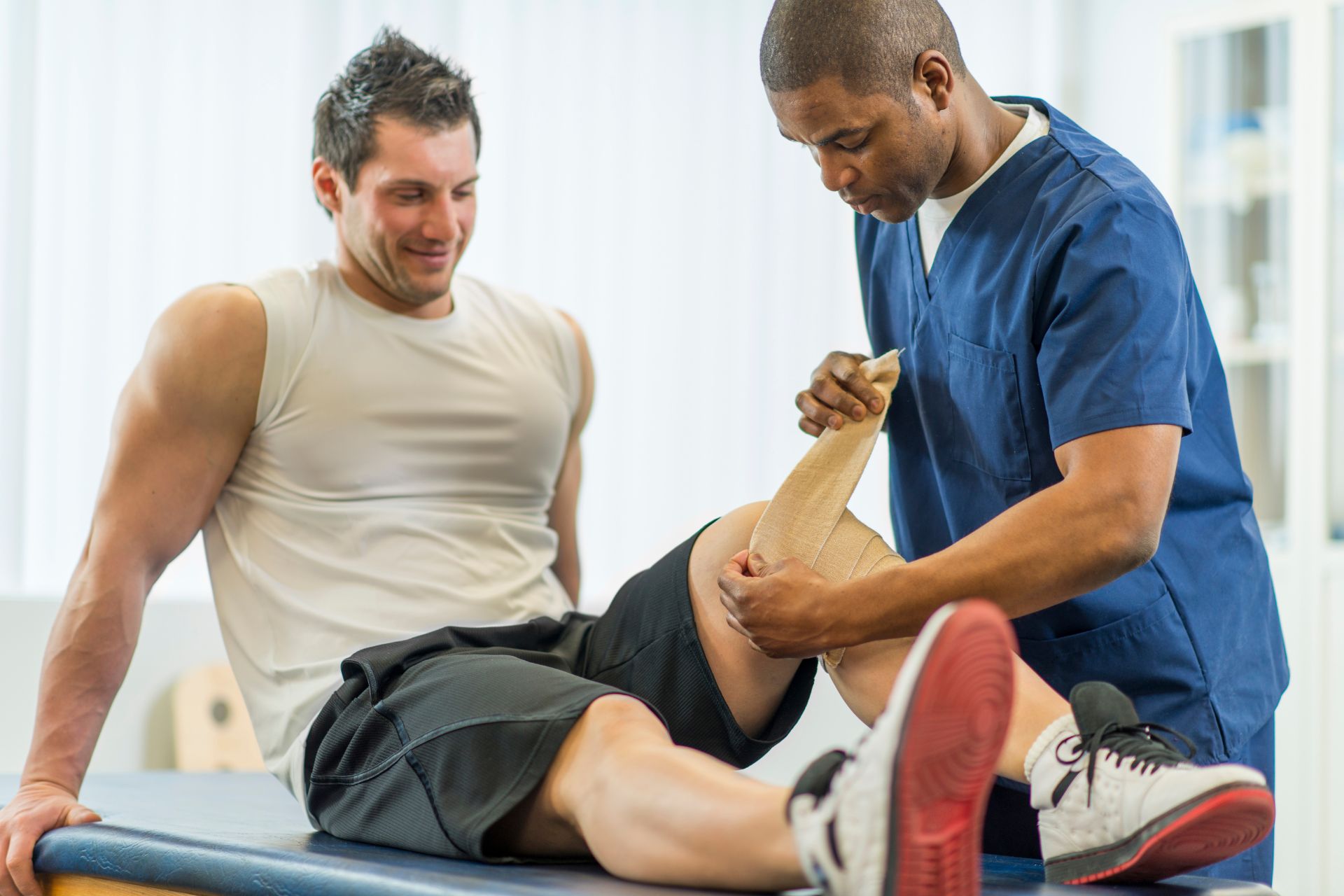Frequently Asked Questions
Specific muscle imbalances within the kinetic chain can significantly impact running biomechanics and overall performance by altering movement patterns, increasing injury risk, and diminishing efficiency. For instance, weakness in the gluteal muscles may lead to excessive hip adduction or internal rotation during gait cycles, resulting in poor pelvic stability and increased strain on the iliotibial band. Conversely, tightness in the hamstrings can influence stride length and frequency due to limited range of motion at the hip joint. Moreover, discrepancies between opposing muscle groups such as quadriceps dominance over underdeveloped calves can disrupt optimal force generation during push-off phases while also affecting shock absorption mechanisms through compromised ankle dorsiflexion. Consequently, these imbalances not only hinder propulsion but also predispose runners to common injuries like plantar fasciitis or patellofemoral pain syndrome because of altered loading patterns along critical structures within the lower extremities. Overall biomechanical inefficiency stemming from these muscular deficits underscores their crucial role in determining a runner's speed endurance capabilities and long-term athletic sustainability.
Joint mobility plays a critical role in the prevention of injuries associated with kinetic chain dysfunctions in athletes by facilitating optimal range of motion, enhancing proprioception, and promoting muscular coordination. Adequate joint flexibility allows for proper mechanical alignment during dynamic movements, reducing stress on connective tissues such as ligaments and tendons. This enhanced mobility supports efficient force transmission across joints, minimizing compensatory patterns that often lead to overuse injuries or acute trauma. Furthermore, improved joint health contributes to synovial fluid circulation within articulations, thereby nourishing cartilage and maintaining optimal lubrication essential for high-performance athletic activities. By addressing restrictions through targeted stretching protocols and mobilization techniques—such as dynamic warm-ups or foam rolling—athletes can cultivate an integrated kinetic chain capable of enduring the physical demands placed upon it during training and competition while ultimately decreasing injury incidence rates related to musculoskeletal imbalances.
Advanced biomechanical modeling can indeed predict individual injury risk profiles by analyzing unique kinetic chain assessments, which encompass the intricate interplay of joint kinetics, muscle activation patterns, and force distribution throughout the body. By utilizing sophisticated algorithms that incorporate data from motion capture technology and electromyography, researchers can identify specific movement deficiencies or compensatory strategies that may predispose an individual to musculoskeletal injuries. Variables such as ground reaction forces, range of motion limitations, and postural alignment are meticulously evaluated within these models. Furthermore, integrating machine learning techniques allows for a more nuanced understanding of how intrinsic factors like anatomical variations and extrinsic elements such as training loads contribute to overall injury susceptibility. Consequently, advanced biomechanical modeling serves as a vital tool in developing personalized intervention strategies aimed at mitigating risks associated with athletic performance while promoting optimal neuromuscular function across diverse populations.
Different training regimens significantly influence the stability and strength of various links within the kinetic chain for sports-specific movements by targeting specific muscle groups, enhancing neuromuscular coordination, and optimizing joint mechanics. Resistance training focused on compound exercises can improve intermuscular coordination and increase force production in key areas such as the hips, knees, and shoulders, leading to enhanced power output during athletic performance. Meanwhile, plyometric protocols emphasize explosive strength development that fosters eccentric control and reactive stability among fast-twitch muscle fibers. Additionally, incorporating functional movement patterns through dynamic stretching or agility drills ensures proper activation of stabilizers like core musculature while promoting proprioception across joints involved in sport-specific actions. Ultimately, a well-structured regimen addressing both strength-endurance balance and energy system specificity will bolster musculoskeletal integrity throughout the kinetic chain whilst minimizing injury risk during high-intensity competition scenarios.
Real-time feedback from biomechanical modeling significantly enhances rehabilitation protocols for athletes recovering from injuries by providing precise kinematic and kinetic data that inform individualized recovery strategies. This technology allows practitioners to monitor gait mechanics, joint angles, and force production in real time, enabling the adjustment of therapeutic exercises based on an athlete's unique biomechanics. By analyzing movement patterns through advanced motion capture systems and applying machine learning algorithms, clinicians can identify compensatory movements or deviations that may hinder recovery or lead to re-injury. Furthermore, integrating this feedback into virtual reality environments fosters engagement and motivation during rehabilitation sessions while also facilitating progressive loading techniques tailored to improve neuromuscular control. Overall, such innovative approaches ensure a more effective transition back to sport-specific activities by addressing functional limitations holistically through evidence-based adjustments informed by detailed biomechanical insights.

